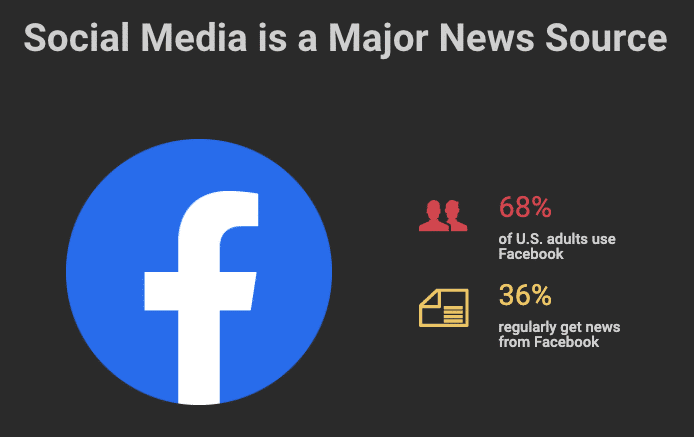Learn how to use social media to promote science literacy and other important topics.
With so many social media platforms to explore, it can be difficult to know which is the right fit. Check out the different possibilities of these four major platforms to see what is the most personally appealing for talking about science.“Social media is used in two ways,” says Kevin Folta of the University of Florida.
“To publish content like podcasts, articles or video, and then to amplify the beautiful content of others. It’s a group effort. We share our work and then share others’ work through our networks.”
Infogram
Each social media platform has advantages and disadvantages when it comes to reaching different audiences.
“If we’re not there [on each platform] as scientists and farmers, we’re letting someone else tell the science and farming story,” Folta says.
Social Platforms By the Numbers
- 2.79 billion users
- Used almost exclusively on mobile
- 36% of U.S. adults get their news from Facebook
- 53% ‘often’ or ‘sometimes’ use social media for news
Source: SproutSocialLinkedIn
- 660 million members
- 30 million company members
- Europe has the most members
- U.S. provides 32% of the traffic
Source: Influencer Marketing HubTwitter
- 192 million daily users
- 4th most visited site in 2020 globally
- 79% between 18 and 49 years old
- U.S. is the largest market
Sources: Twitter, Hootsuite, Alexa/SimilarWebYouTube
- 2.291 billion users
- 2nd most visited site globally
- 2nd most popular social platform
- Nearly 41% of watch time happens on mobile
Source: Hootsuite
Learn more about how to communicate with others about complex topics here:
Want GMOs, Gene Editing and Access to New Science? Communication is Key












